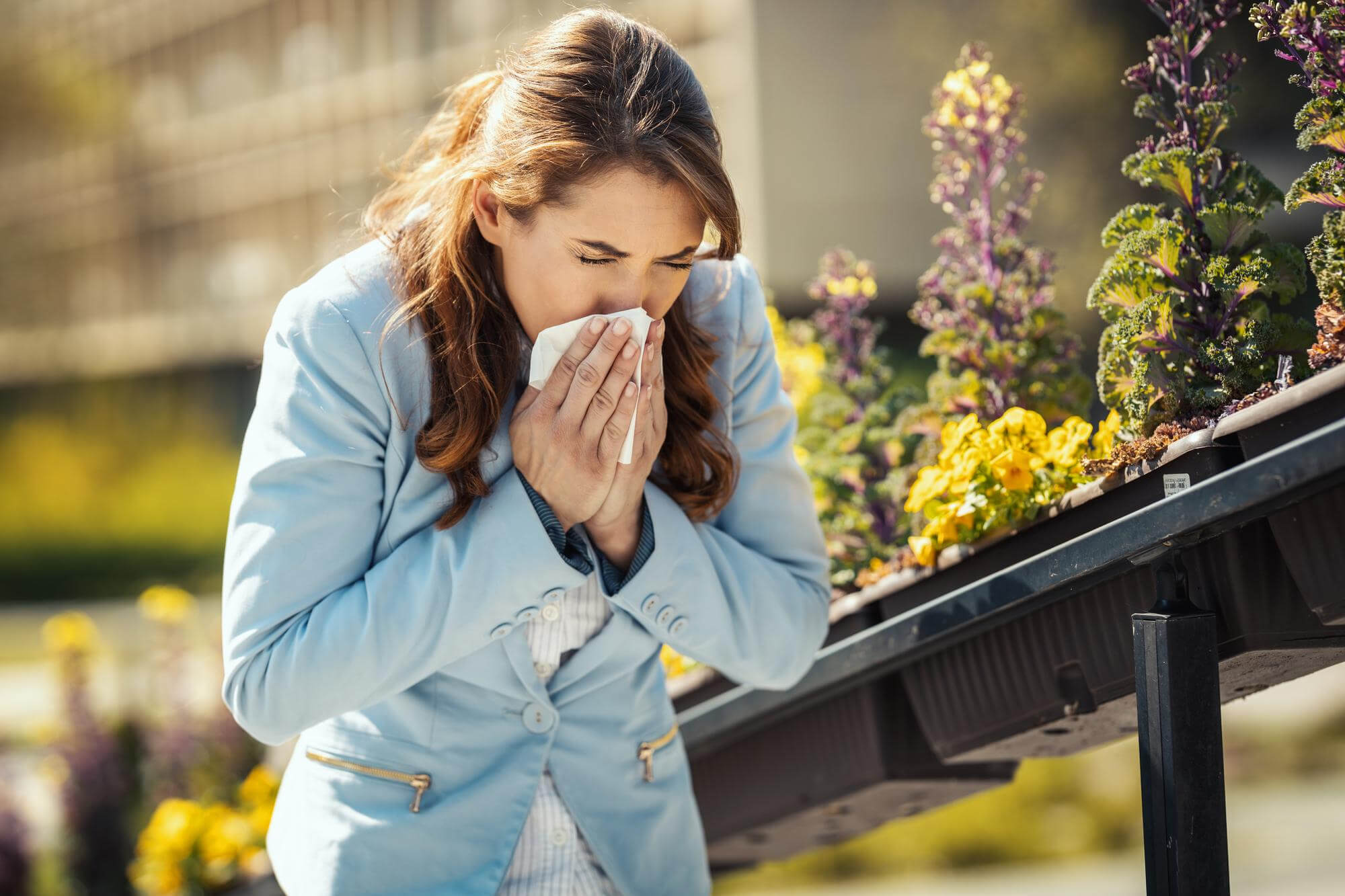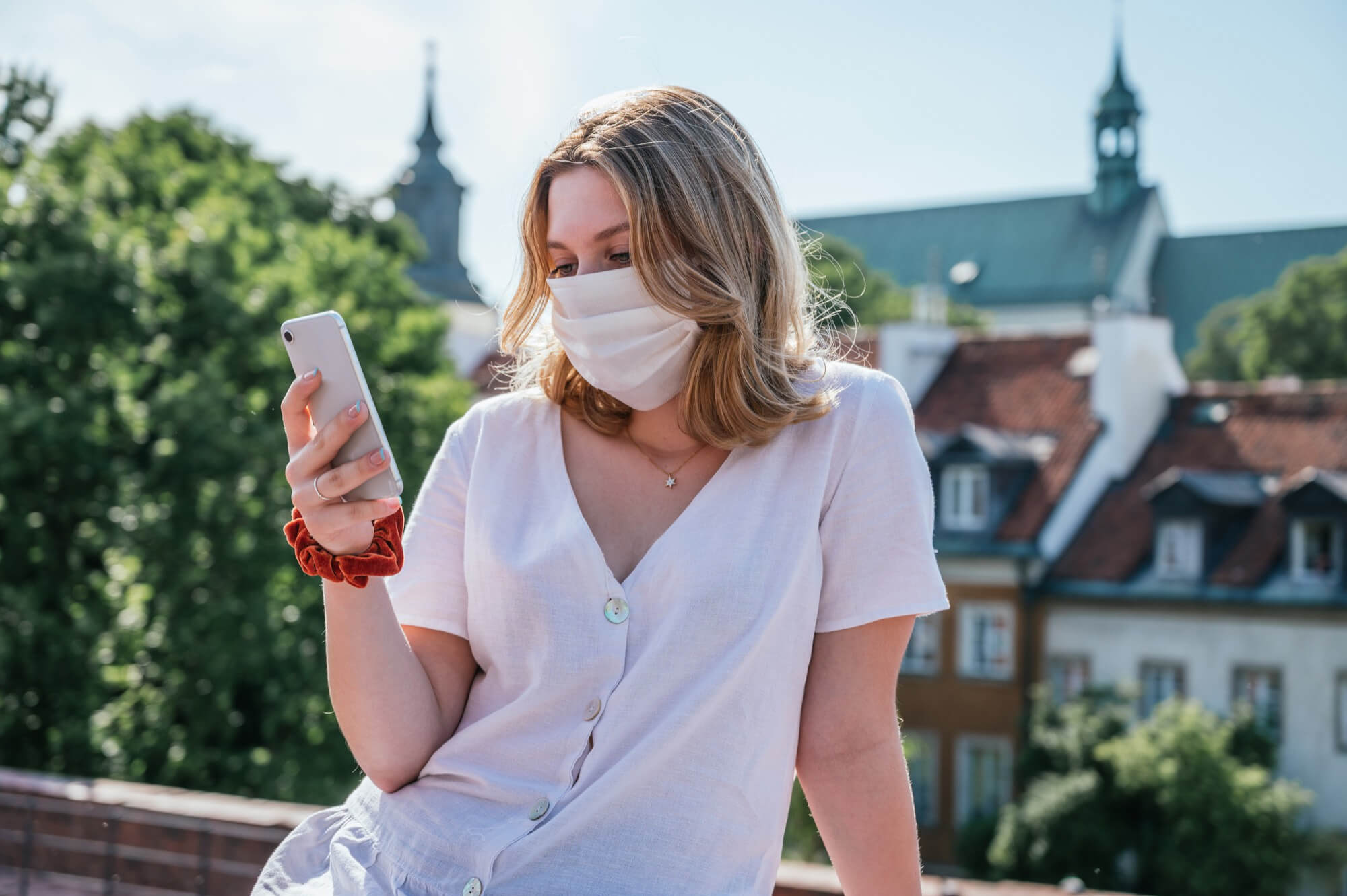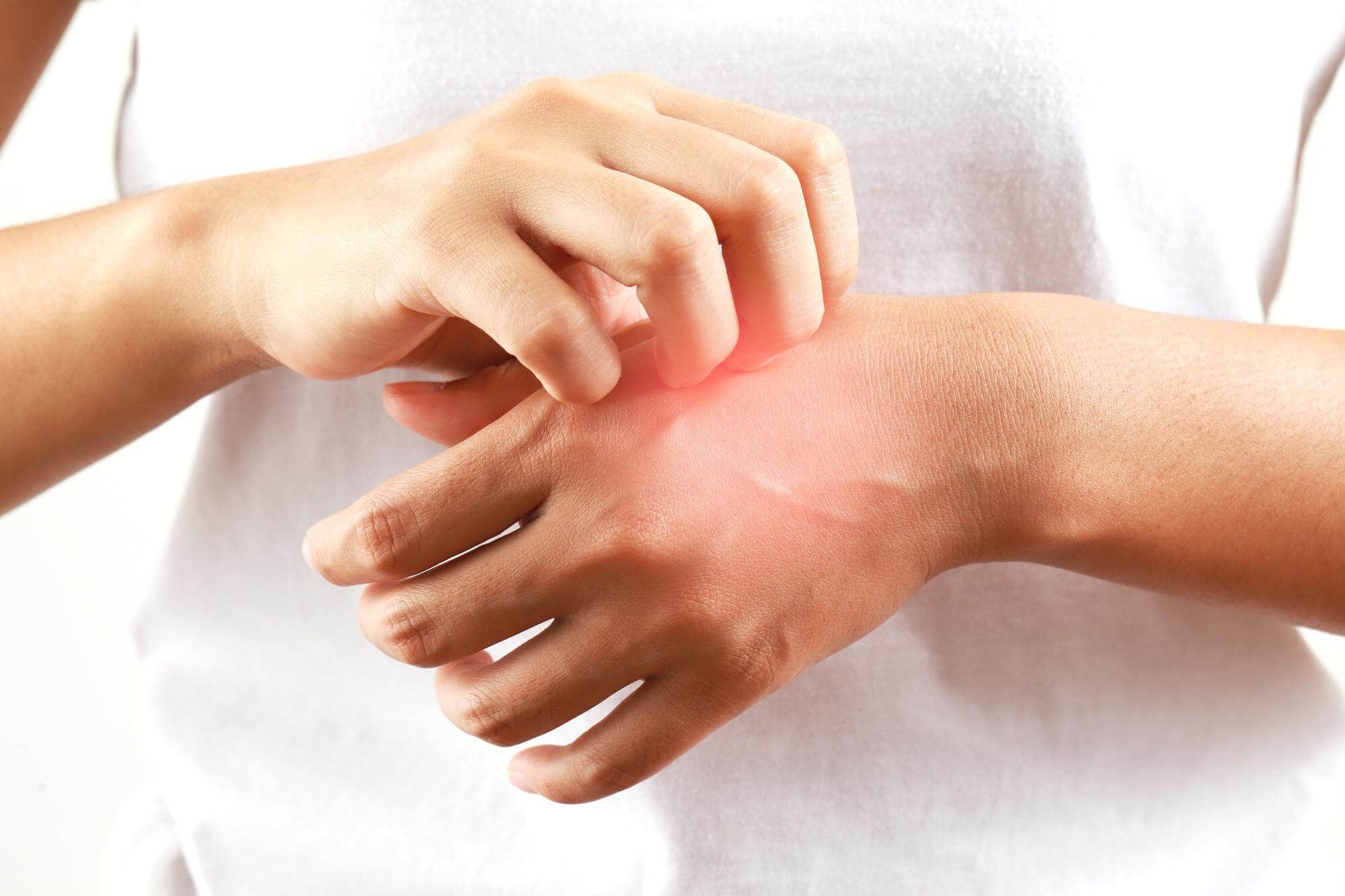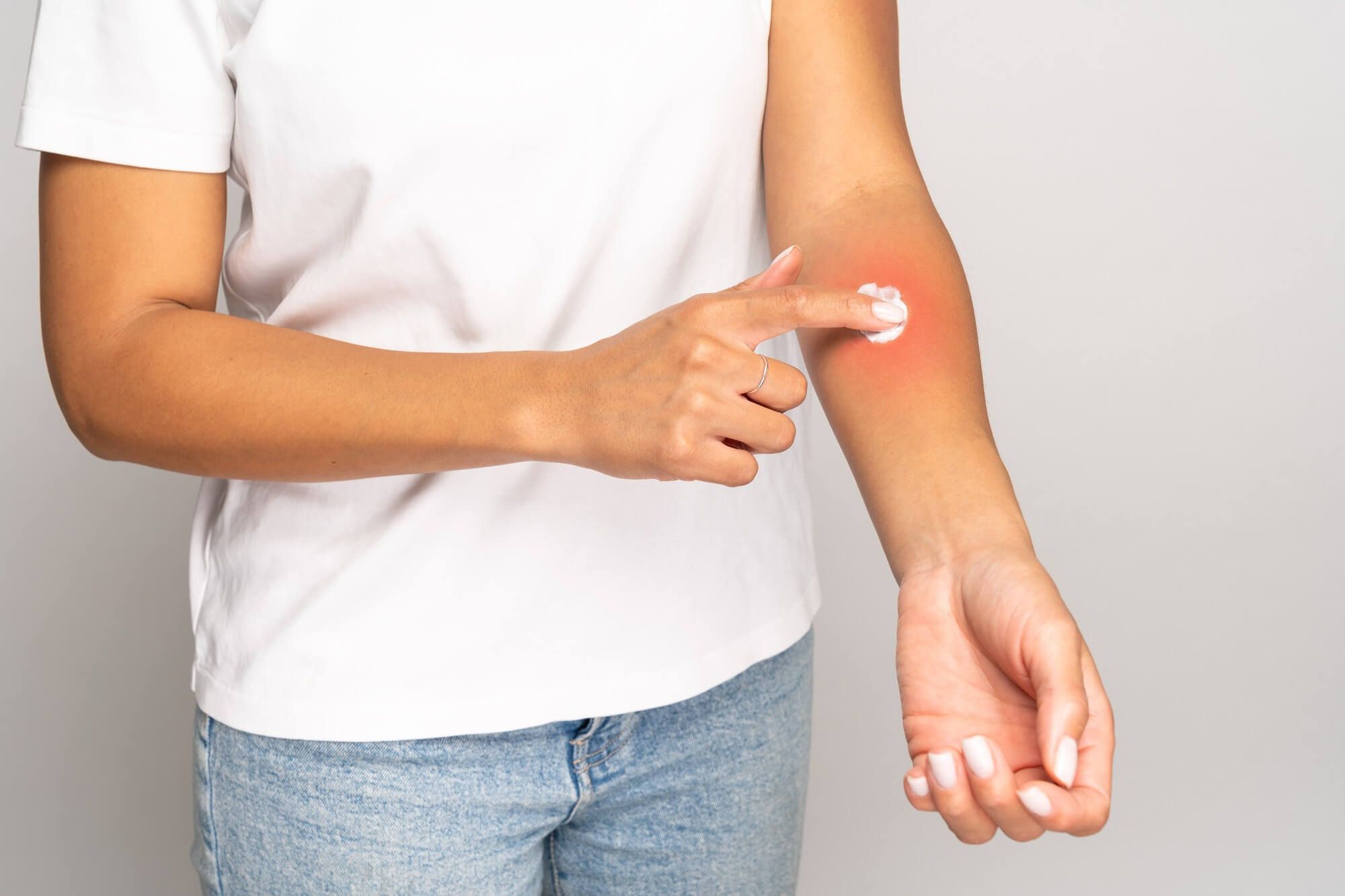Air allergy: what is it and how to deal with it?


Eva Zakharova
Air allergies are a common problem for many people. Increasingly, people are experiencing allergic reactions to various environmental factors. In this article, an experienced allergist will discuss the causes, symptoms and treatment of air allergies.
What are air allergies?
An air allergy is an allergic reaction of the body to certain substances or states of the air, such as dryness, humidity, coldness or sea air. It can occur in adults and children, including exposure to dry air in the apartment.
What factors can cause air allergies?
Among the factors that can cause air allergies are:
- Plant pollen.
- Environmental pollution.
- Cold air.
- Dry air.
- Damp air.
- Household chemicals.
- Marine air.
- Air temperature.
What are the symptoms of an air allergy?

Symptoms of air allergies can be varied and include:
- Runny nose.
- Itchy and watery eyes.
- Sneezing.
- Dryness of mucous membranes.
- Swelling of the face.
- Difficulty in breathing.
- Coughing.
- Skin rashes.
Diagnosis of air allergy
Allergists may use the following diagnostic methods to determine air allergy:
- A history and examination of the patient.
- Skin tests for allergens.
- Examination of immunoglobulin E (IgE) levels in the blood.
- Nasal and conjunctival tests.
- Laboratory tests for allergens in the blood.
Air allergy treatment

Treatment of air allergies may include the following methods:
- Avoiding contact with allergens.
- Use of medication therapy.
- Use of allergen-specific immunotherapy (ASIT).
- Use of humidification and air cleaning products.
What medications can help with air allergies?
Among the medications that can be prescribed for air allergies, it is worth noting:
Antihistamines (tablets, drops, syrups): Cetirizine, Loratadine, Fexofenadine, Erius.
Corticosteroids for local application (creams, gels, sprays): Fluorocort, Hydrocortisone, Avamis.
Symptomatic agents: vasoconstrictor nasal drops (naphazoline, oxymetazoline), anti-inflammatory eye drops (olopatadine).
Air allergy prevention

Prevention of air allergies includes the following measures:
- Regular cleaning and airing of rooms.
- Humidify the air and use air purifiers.
- Avoiding contact with known allergens.
- Maintaining optimal indoor humidity and temperature.
- If necessary, use masks when going outdoors.
What tools and techniques can be used to reduce exposure to allergens in the home environment?
The following remedies and methods can be used to reduce exposure to allergens in the home environment:
- Installing air purifiers with HEPA filters to trap the smallest allergen particles.
- Using humidifiers to maintain optimal humidity and prevent dry mucous membranes.
- Regular cleaning using a vacuum cleaner with a HEPA filter.
- Replacing common textiles with hypoallergenic materials (e.g., changing pillows and mattresses for anti-allergenic options).
- Treating surfaces with an antidust agent.
- Removing carpets, especially in bedrooms, as they are a source of allergen accumulation.
- Regular change of bedding and use of hypoallergenic detergents.
Air allergy is a pressing problem that requires timely detection and a comprehensive approach to treatment. It is necessary to take into account the individual characteristics of each patient, including age and the presence of concomitant diseases. Prevention plays an important role in reducing the risk of developing an air allergy and alleviate its course. If you encounter an air allergy, be sure to see an allergist for proper diagnosis and prescription of appropriate therapy.
Related Materials
New materials
Popular Articles
We recommend reading
Contact us in the Contact Us section to ask questions, offer ideas, or for more information about our allergy resource.
Our articles are your trusted source of allergy knowledge. Learn how to make life with allergic reactions easier on our specialized portal.
©
Lechenie-Allergii.com. All rights reserved.
© Lechenie-Allergii.com. All rights reserved.
The information on this site is for informational purposes only and is not a substitute for professional medical advice. We recommend consulting with qualified medical professionals for accurate information and advice.
 English
English  Українська
Українська  Русский
Русский 









